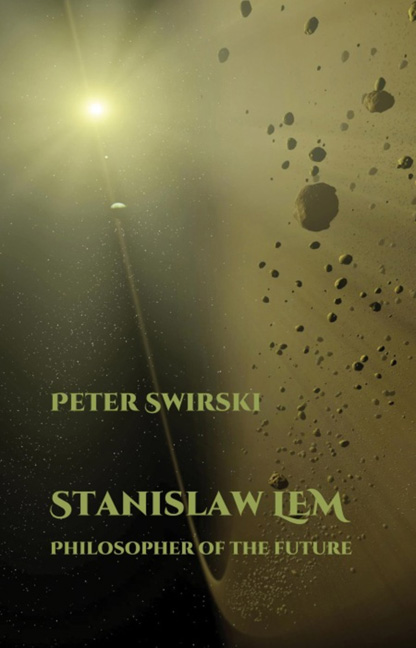1 - Life and Times
from PART I - BIOGRAPHY
Summary
A Master of Thrills and Chills
How does a writer of science fiction become a literary movement and a cultural phenomenon in himself? How does an indefatigable innovator, who at times makes stern demands on his readers, sell close to 40 million books in more than 40 languages? How does a master of thrills and chills earn plaudits from litterateurs like Arthur Koestler and Anthony Burgess, critics like Leslie Fiedler and Susan Sontag, and literary taste–makers like the New Yorker and, on the other side of the Atlantic, the Times Literary Supplement ?
How does a storyteller get invited to Carl Sagan's brainchild, the first Soviet–American Conference on Extra–Terrestrial Intelligence (CETI), held in September 1971 in the middle of Armenian nowhere called Byurakan? How does he get to be the only nonscientist so honoured? How is it that scientists and philosophers continue to prospect his literary make–believes for conceptual nuclei to advance their research programs? How is it that, among his numerous honorary doctorates in literature and philosophy, there is also one in computer science?
Although there are no straightforward answers to these puzzling, perhaps even paradoxical questions, any attempt to time–lapse the life and career of Stanislaw Lem into a single chapter must begin with the fact that he was one of the most creative, playful, cerebral, empirical, analytical, syncretic, and prolific writers ever to put pen to paper (in reality, shying away even from word–processors, he banged out almost all of his books on a clackety manual Remington Underwood received from his father at the age of 12).
Lem has stamped his name on twentieth–century letters as a neologist extraordinaire, capable of oscillating like a sinusoid between crazany and ultranalytical in the space of a single paragraph. This is corroborated by more than 1,500 entries—chiefly from The Star Diaries and The Cyberiad —selected for the 2005 Polish–Russian Dictionary of Lem's Neologisms. Scores of other Lem's linguistic gems found their way into the 1998 Polish–Russian–Russian–Polish Phrase Dictionary and the 2004 Polish–Russian Phrase Dictionary.
His range as a stylist, from rococo archaic to hypermodern, plus everything else in between—from science fiction and utopias to crime mysteries, horror stories, gothic novels, fairy tales, techno–thrillers, grotesques, historical epics, philosophical contes, experimental writing, confessional memoirs, and academic and pseudo–academic reviews—would make Paul Mitchell raise a brush in his honour.
- Type
- Chapter
- Information
- Stanislaw Lem: Philosopher of the Future , pp. 8 - 26Publisher: Liverpool University PressPrint publication year: 2015



